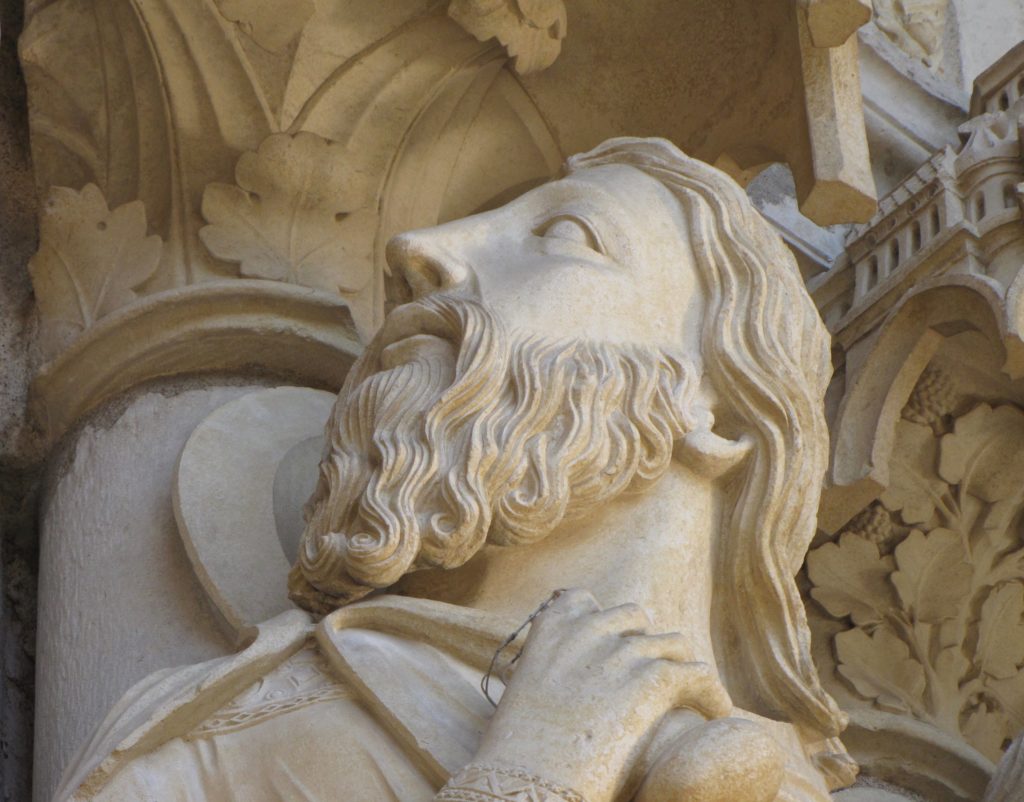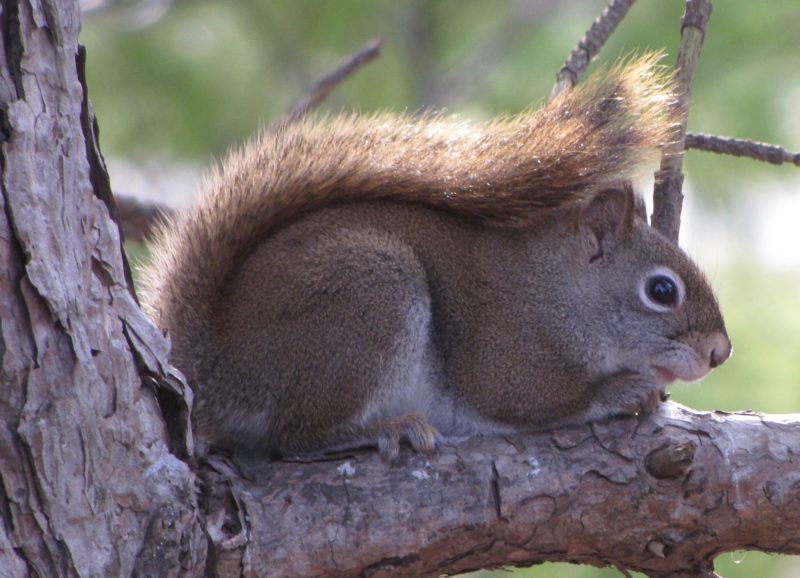The term “thin place” has become popular to refer to a location where two worlds, two planes of existence, seem to converge. Heaven and earth, time and eternity, the sacred and the profane—in a thin place you feel the barrier that separates these different worlds has worn away or thinned out. Suddenly, your awareness shifts, and you seem to stand on the threshold of something unspeakably strange: a world that is just like ours but completely different from it too.
I say the term has become popular because more and more articles about thin places are appearing in newspapers and magazines and online forums. Eric Weiner wrote an essay (“Where Heaven and Earth Come Closer”) for the Travel section of the New York Times. Oliver Burkeman has written a similarly titled piece (“Where Heaven and Earth Collide”) for the Life and Style section of The Guardian. Both of these writers identify the term as a concept that is rooted in Celtic spiritual traditions, and Weiner states that it refers to “those rare locales where the distance between heaven and earth collapses and we’re able to catch glimpses of the divine, or the transcendent.”
While many thin places are connected to overtly religious sites such as a church or the end point of a pilgrimage, others have nothing to do with religion. A thin place could consist of nothing more exotic than a garden or a beautiful landscape that seems to concentrate certain forces within its boundaries. City parks can qualify as thin places, as can some points of transit, such as a well-designed airport or train station. According to Weiner, even a congenial bar can function as a thin place, and some well-appointed bookstores have the ability to inspire in their patrons the sense of a parallel reality. For the most part, you don’t go looking for thin places; rather, they find you. The unexpected “click” at the moment your perception shifts and you become aware of something different is part of the experience of discovering a thin place. You might say that a thin place is an “inbetween land,” a locale where you don’t so much pass from one world to another as inhabit both of them simultaneously.
Two such places I can identify from my own travels are Croagh Patrick, the “holiest mountain in Ireland,” and the miraculously well-preserved gothic cathedral at Chartres in France. In both of these locations—the one a natural formation and the other completely, grandly artificial—you may experience the feeling described by T.S. Eliot in “Little Gidding,” that you have arrived at a place “where prayer has been valid.”

“Little Gidding” is the last of Eliot’s Four Quartets, and in one sense, the entire poem serves as a meditation on thin places—four separate locations: two churches, a New England seascape, and an English village—where the poet experienced what he called “the point of intersection of the timeless / With time.” He builds his poem upon the foundation of these four locations, but also acknowledges the existence of many others:
There are other places
Which are at the world’s end, some at the sea’s jaws,
Or over a dark lake, in a desert or a city—
But this is the nearest, in place or time,
Now and in England….
Here, the intersection of the timeless moment
Is England and nowhere. Never and always.
This emphasis on time—either that it ceases to matter or that one seems suddenly to have an overabundance of it—is a common reaction to discovering a thin place. As Weiner says when speaking of a Sikh temple he visited in New Delhi, “I was awash in time.”
What about Toronto? Where are thin places to be found in this sprawling urbs of 2.7 million people? Ever since I arrived here in 1970, I’ve thought of Queen’s Park (the green space, not the provincial legislature) as an inbetween land, lying, as it does, between the university and the urban core, forming, as it does, an oval oasis of green in the midst of block after block of grey concrete buildings and the grey concrete sidewalks that connect them.
Years ago, I had a job washing dishes in a Yonge Street café. I lived on Harbord Street at the time, and every morning, early, I’d walk down Harbord and cross Queen’s Park on my way to work. One morning between the end of winter and the beginning of spring, I left my apartment in the darkness before dawn. The streetlights were still burning and the streets themselves were empty. I walked in a light rain, a drizzle so soft it was one step removed from a mist. Halfway through the park, I stopped by one of the old oaks when I heard a smacking noise on the pavement right behind me. I turned in time to see a black squirrel spring up and scuttle away over the grass. How strange, I thought, for a squirrel to fall out of a tree. At that moment, I realized I was alone in the park and an odd feeling seized me, of being in a place where everything was slightly off, slightly crooked or out of kilter.
I looked up into the arms of the oak and could see two more squirrels. They ran along the heavy limbs, then leapt out to catch on to the thin branches of a neighboring tree. All around me their soft cries rose and fell: ah! ah! ah! I looked at the grass by the base of the tree and saw three squirrels running in a line over the lawn. They ran and then stopped and cried out together, ah! ah! ah! Then they ran on again in perfect coordination. All over the park, squirrels were on the move, running and crying out to each other. I’d never seen such a concentration of these animals in so small an area; I’d never felt so tangibly the excitement that swells in them on an early morning in the rain.
For a moment, I could feel the same animal excitement build in me, and for that moment I took an intense and unreflective pleasure in simply breathing the cold morning air, in the feeling of being surrounded by the park’s humid darkness, and in hearing the sound of the rain as it sifted through the leaves above my head. I could feel the dawn breaking, not in the sky but coming up through the ground, through the earth and the grass, through the trunks and the branches of the trees and shrubs all around me. I felt a kind of exuberance, of pure joy in being alive that was so intense it blotted out all sense of time and place until at some point I found myself walking again. I’d come out of the park and crossed the street, and from there I crossed another street and walked down the block to work.
